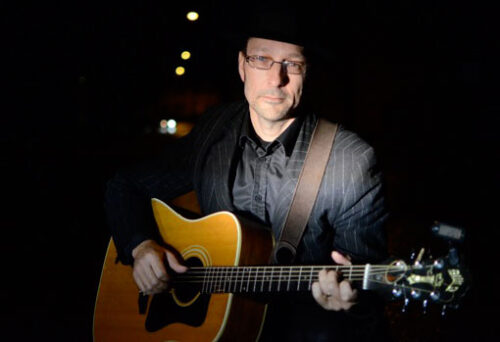Tom Roger Aadland has made the start of this year a small feast with his fifth album “Rapport frå eit grensehotell”, although feast is hardly the best word to describe the mood and content of his new album. Now he’s on tour and played Oslo last weekend. We had a long talk with Aadland about the new album. Here’s the interview with whom I dare describing as one of Norway’s most exciting artists currently.
“Rapport frå eit grensehotell” has become quite an uncompromising album. Was that your intention from the start?
Yes, I’d say so. This is the album of mine that I’ve done the most based on gut feeling when it comes to writing and production. Producer Lars Voldsdal and I agreed to make a record that we ourselves liked, and then we just hoped others would like it, too.
The opening track, that’s also the title track, stands out a little bit, both musically and thematically. Was it important to have that song as an opening to the album?
Yes, it does stand out slightly from the other songs, and that’s the main reason why we chose to have to as an opening. That’s often the right place for something that is a little different from the rest. It’s a heavy, almost gothic song which becomes a kind of a “take it or leave it” opening. If the listener can handle that, he’s ready for the rest of the album.
The lyrics of the title track are scaringly relevant. This is a song that could easily have been inspired by several episodes in the news the last month?
Yes, that’s the sad thing about that theme, it’s always relevant, it seems.
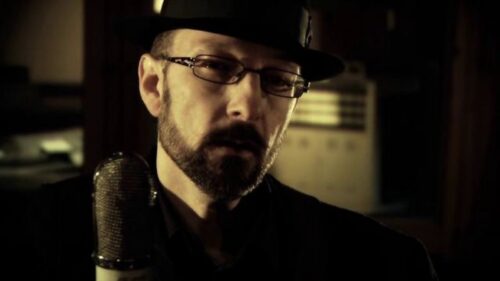
You deliver a series of quite strong lyrics on your new album. How do you work on your lyrics?
What’s new on this album is that many of the songs started out as poems or texts long before I’d decided anything about setting music to them or not. When it comes to the title track, I first thought about the opening line “The god for revenge and hatred rejoiced greatly where he was sitting” as a kind of a dark joke. I remember wondering if it was over the line. But that’s often a good sign, when I feel something is on the edge. Then, often I am where I should be, both in music and words.
“Like til mi dør” has received a lot of radio rotation. You might say it’s the great pop song on the album?
I’ve had a strong relationship to a lot of genres in music, and I am sincerely fond of pure pop. I think that goes all the way back to my first meeting with The Beatles. On every album I try to write a couple of songs with catchy melody and a chorus that sticks.
The closing track “Farsfolket”also has that immediate quality. Might that be your next radio hit?
Well, that’s not up to me to decide. It’s certainly a song that means a lot to me when we play it live.
Most of the songs on the album has a theme revolving around longing, breaking up, existential angst and definitely melancholy. Where does all this tristesse come from?
I’ve always had a leaning towards melancholy. Perhaps the thing is that many people from the Norwegian west coast carry a melancholy within themselves. Where does it come from? Well, perhaps the weather? When it rains 200 days a year and is windy 250, emotions like that might appear. And west coast Christianity had a strong hold on people until the 70s. Personally I don’t have that kind of background, but it’s in the air, and I’d say it has defined our nature. Olav H. Hauge writes in one of his poems about one day he’s feeling too happy and so he cuts down the tallest tree in his yard, that’s perhaps the essence of the west coast nature. If you’re too happy, you’ve got reason to be worried.
A song that stands out lyrically is “Alle”. What in the world is it really about?
Well, I can understand your question. I find that I do my best writing when I don’t think too much and the lines are coming to me in a flow. I don’t always know precisely what a song is about. When the lyrics to “Alle” started taking shape, I had a feeling that it was about some kind of fall, some character previously in a position of power. It’s open to me if it’s about a type of dictator or a religious figure or perhaps something else. But it is about the balance of power and position. Some pictures in it are pointing towards a religious theme, but that goes for several of my songs. I grew up on the west coast, in the Bible Belt, as they say, so I guess there’s some influence there.
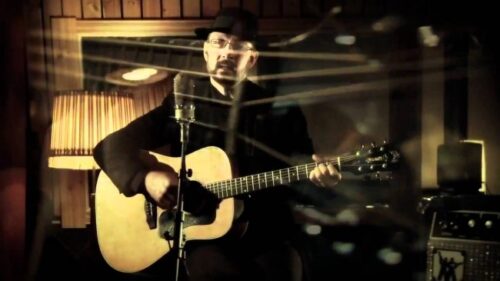
On the album I sometimes get associations to Bjørn EIdsvåg, mostly the lyrics, but sometimes also the music. What do you think?
That’s fine with me. We have the geography and the culture in common. In fact, his father was a baker in my village for a short while. I do think there’s something in the earth or in the air in the southwest, although we solve it in different ways and set our personal stamps on our music.
So it might be correct to call you close musical colleagues?
Yes, I’ll go along with that.
The sound, the production, was some of the first I noticed when I listened through the album. You’ve joined forces with Lars Voldsdal, previously with Madrugada and Hellbillies. What has he meant for this release?
He’s been very important. We’ve had a great collaboration. Lars had this vision about how the album should sound. He wanted to create a dark, dirty, but also warm and electric atmosphere on the album. I play acoustic guitar on several tracks, but we run the guitar through an amp, making it dirtier and warmer. I feel my singing is better on this album than anything I’ve done previously, and again, kudos to Lars there, he’s really been a great vocal coach. He’s worked with Sivert Høyem a lot, and you can tell that he’s got experience in working with vocals on a high level. He’s lifted me as a singer. Actually I feel this is more our album than a solo album of mine. Without Lars Voldsdal, this record would not be what it is now.
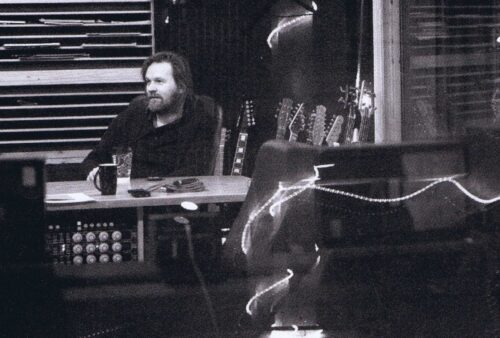
I’ve heard you recorded the album in two days. Is that correct?
It was just a very special week when we recorded the album. Or, like you say, two special days. We’d reserved a week for the recording. What was strange was, when we started out Monday morning, producer Lars Voldsdal said that much would probably be done by Tuesday night. I thought he was too optimistic. But on Tuesday night the drums and the bass amp were packed away, and we’d recorded twelve songs. We did add guitars and keyboards later, but the band as you hear it on the album, that came together in two days, without too much talking. We just got it right from the start. Everybody commented on that. I think nobody had had a session quite like that, I certainly haven’t.
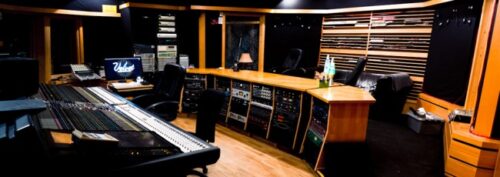
On the album you play with very experienced musicians. What was the chemistry like in the studio?
Very good. These were people I’d been wanting to work with for several years, but things always got in the way. Erland Dahlen, who’s played a lot with Madrugada, is a thoroughly musical drummer, with the ability to be playful. Then there is Tor Egil Kreken on bass, known from Shining, a very creative and skilled bass player. And last but not least Kjetil Steensnæs, also from Haugesund, whom I’ve played with for the last four years. Kjetil and I know each other well, and it was a nice combination of history and connection and the new and exciting when we all met in the studio.
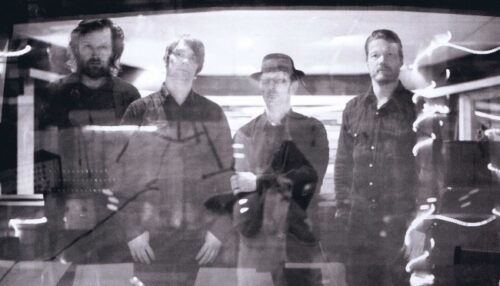
You have some of the same themes in your lyrics as Sweden’s great storyteller Lars Winnerbäck. Is there a connection there?
Since I started writing in Norwegian, I’ve had a strange feeling of being more related to Swedish songwriters than Norwegian. I don’t have any particular names in mind, it’s more a feeling. It started when we were mastering “Blod på spora” in 2009. We went to Stockholm, and I sensed this relationship to the Swedish music scene. It’s interesting that you should mention Winnerbäck, because I’ve always had a gut feeling that there is something about Swedish artists like Winnerbäck, that I don’t find in Norway.
You’ve had a close collaboration with Hellbillies the last years. What has it meant for you?
They took me along on a tour in 2013, and it was there I got to know producer Lars Voldsdal, who was sound engineer on that tour. That’s the simple answer to what they’ve meant.
You’ve built a name on the west coast, Trøndelag and in the North, but in the East, you’re still unknown to many. Why is that, do you think?
I’ve played much more in the areas you mention, but I’m happy to play more in the East in the time ahead. I live in Oslo, so playing more in the East would be convenient. There will be more gigs in the East the next year.
Your debut as a recording artist was relatively late.You were 43 when you released your first album in 2007. What did you do before that?
I’ve always felt that I’ve been pulled in different directions from I was young, I’ve been fond of so many things. Shorty put, I discovered rock when I was 14, especially Bob Dylan and Lou Reed. Lyrics and music in a strong marriage has always been determining for me. Then I fell for classical music when I approached my twenties. Took a college education in classical music and ended up teaching for 15 years. Rock came back full force at the same time that I found the woman of my life, I don’t know how it connected, but it did. Then I wanted to write music with a simpler expression and then the words came back. There’s something about understanding what your lot in life is, and the meeting point between words and music is an area I feel very comfortable in.
In 2009 you did a full album interpreting Bob Dylan in Nrwegian. It must have been a pretty daring thing to plunge into?
“Blod på spora” to me was just a labour of love that actually didn’t take me a lot of time to do. It was meant to be a small cult project that I reckoned would largely go unnoticed, and if anybody did notice, I was prepared to take a reprimand or two from people in the congregation. So I was very surprised when it got a lot of attention and great reviews. I ended up touring for two years singing Dylan in Norwegian. And that was what made me want to continue writing in Norwegian. Before that, I wasn’t at all there. Before “Blod på spora”, I preferred writing in English.
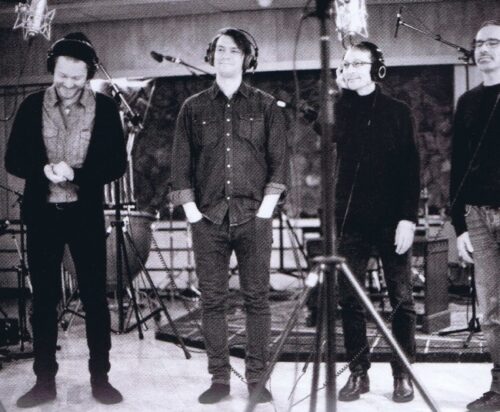
Back to the new album. I got it on vinyl, and it felt like a treat. Not least does it look great, with the lyrics printed and large pictures. Did it feel good to see your album in the classic LP version?
I really wanted to release this album on vinyl. I felt the songs I’d written were strong. I sensed that everything was going the right way, and it was like a dream seeing and listening to this album in a good vinyl print with a cool cover. I kind of think that’s my gift to the songs.
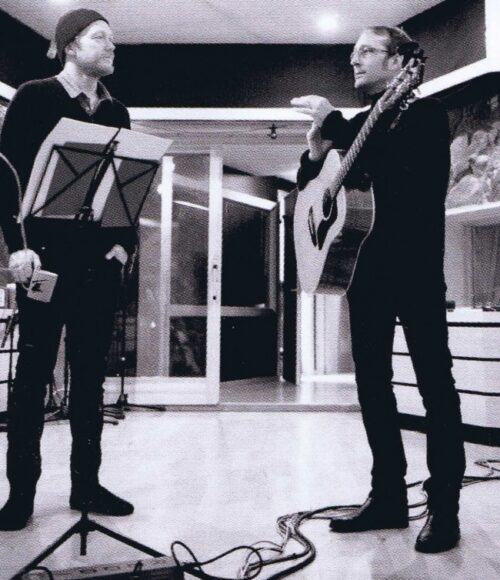
Last on the album you do “Farsfolket”, lifting the listener out of the dark mood that lyrically pervades the album. This is about going home and finding some peace. Is this song pointing towards a lighter and more optimistic Tom Roger Aadland on the next release?
I could almost say let’s hope so. I knew quite early on that this album would have a heavy mood. I still don’t know why, it was just my intuition. Really, I just chose the songs that I thought were the best ones, and I couldn’t help but notice there was a lot of melancholy, most of the songs were about loneliness. I was taken aback a bit. I am probably a melancholic, but I don’t go around thinking of myself as a very heavy, depressive guy. Those who know me, wouldn’t say I’m heavy to be around. So if my next album is more optimistic, that’s fine with me. But what comes around, comes around.
På Hilmar Sollie, Dust of Daylight, 5 March 2015
